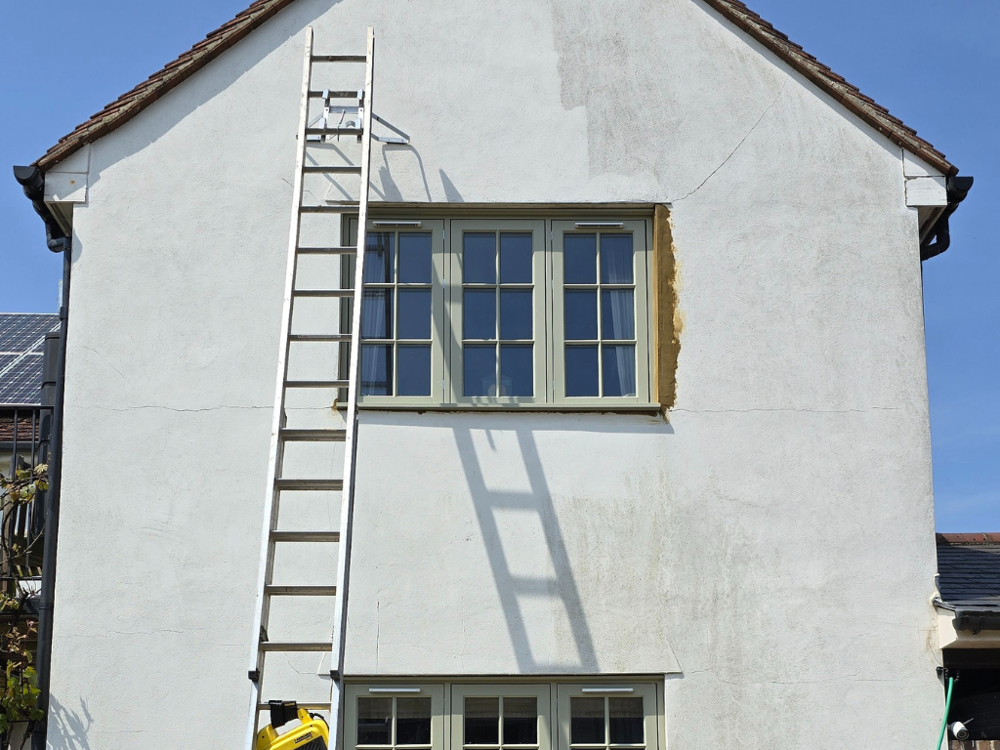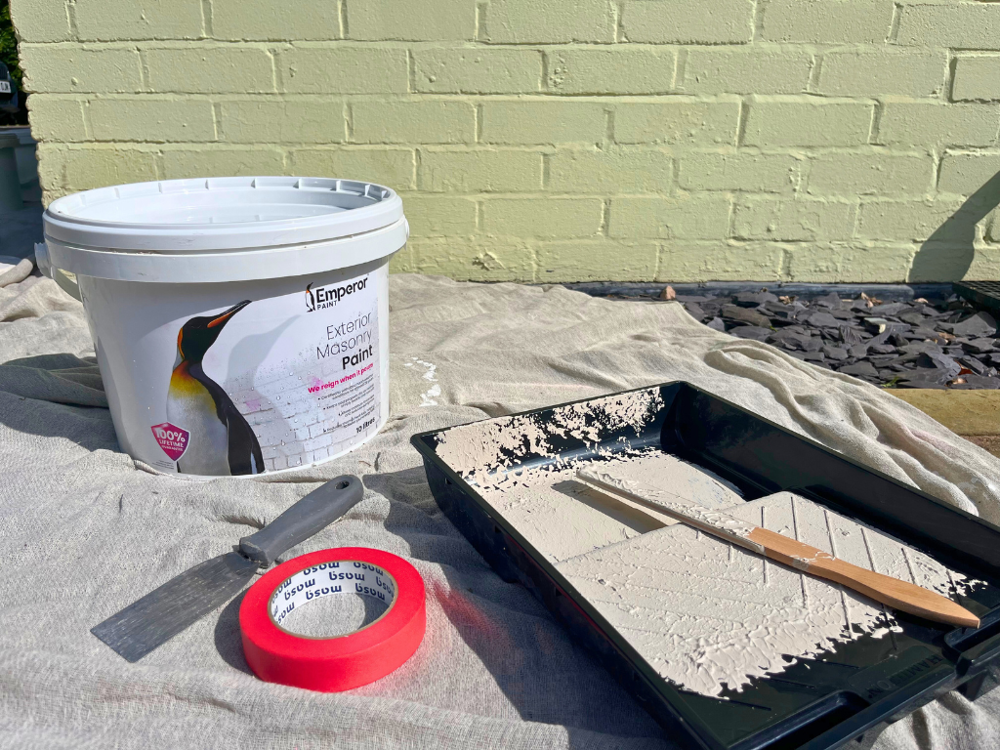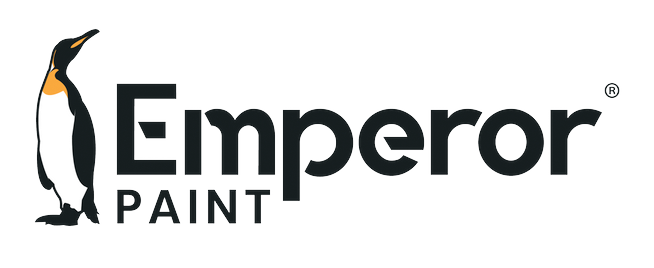
Coverage rates can seem a small detail when you are painting the outside of your house, but they are much more important than you may think. The experts in our Technical Team have put together this guide where they explain everything you need to know about coverage rates before you start your project.
What Are Coverage Rates?
Coverage rates are simple, they are the number of litres you will require in order to cover a surface per coat of paint. They are sometimes measured in square feet but more often than not measured in square metres.
Coverage rates when it comes to interior paints are generally regarded as the amount of paint it takes to cover a surface in a solid colour, however coverage rates when it comes to exterior paints like masonry paint are more specific than this. Contrary to popular belief, exterior paints are specifically designed to be applied at a certain thickness in order to provide full performance.
While a paint may may 'spread' further than the stated coverage, this will cause the film of paint you create on the wall to be too thin, meaning it will not perform optimally.

Things To Consider
1. TEXTURE
The key aspect that impacts coverage rates when painting exterior walls is the texture. Exterior walls can vary hugely in texture, from smooth bricks and renders to heavily textured roughcast and pebbledash.
Coverage rates are always given based on smooth surfaces. The rougher the texture, the lower the coverage rate will be. The reason for this is simple; the more nooks and crannies there are on the wall, the more surface areas there is to paint.
We often advise that on very heavy textures like pebbledash the coverage rate will be reduced by up to half compared to smooth surfaces.

2. NUMBER OF COATS
When coverage rates are given, this is based off one-coat. Most exterior masonry paints are designed to be applied in two-coats so it is important that you bear this is mind when calculating exactly how much paint you will need for your project.
3. DILUTING YOUR PAINT
Diluting paint is the process of adding water to paint to make it easier to apply. Diluting your paint is only recommended on your first coat of paint, as you should apply your second coat straight from the tub.
We advise diluting our Emperor Masonry Paint with 10% water on your first coat. When you dilute the paint, this does not mean you will receive 10% more coverage, the coverage rate remains the same whether diluted with water or not.
Calculating How Much Paint You Will Need
Estimating how much paint you will need to paint the exterior of your house can feel like a tricky task, but it is a simple process if you use our step-by-step guide.
The amount of paint you will need depends on three things:
- The size of your property
- The coverage of the paint you are using
- The number of coats required
When estimating the size of your property, we recommend using a tape-measure in order to get an accurate measurement and to use metres as a metric. By taking the time to measure the property, you will save yourself having to order more paint and disrupting your project.
1. Measure: Start by measuring the length of the wall and the height of the wall. When you have these measurements, simply multiply them together to get the square metreage of that wall. Then, all you have to do is repeat this for each wall you are painting and add these together.
As a rough guide, a middle-terraced house is on average 40m², a 3 bed semi-detached is 90m² and a 4 bed detached is 120m². All properties vary in size so don't use this as an estimate of exactly how much paint you will need, but it will hopefully give you a rough guide as to how much paint you can expect to need.
2. Remove doors and windows: We advise removing any doors and windows from your total metres squared calculation. Generally, most windows and doors are 1m2, but subtract more if your doors or windows are larger than this.
3. Number of coats: The next step is to consider how many coats of paint you will need. Our Emperor Masonry Paint is always a two-coat system, so simply multiply your total square metres by two.
4. Divide by the coverage rate: Finally, divide your total metres squared by the coverage rate of the paint you are using. If you are painting a textured surface, reduce the coverage rate accordingly. On smooth surfaces, Emperor Masonry Paint will cover 5-6m2 per litre.
Once you divide the total size of the area by the coverage rate, this will give you the number of litres of paint you will need for your project.
For example, a house with a smooth render that is 100m2 with a total of 10m2 of windows and doors (90m2 of exterior wall) will require roughly 30L of Emperor Masonry Paint.
_1000.png)
We're here to help
Our team of experts are on hand to assist you and guide you through your project. You can contact them for help and advice by emailing info@emperorpaint.co.uk or calling 0161 509 9009.
Alternatively, start your project by ordering a sample with free delivery on all orders.

